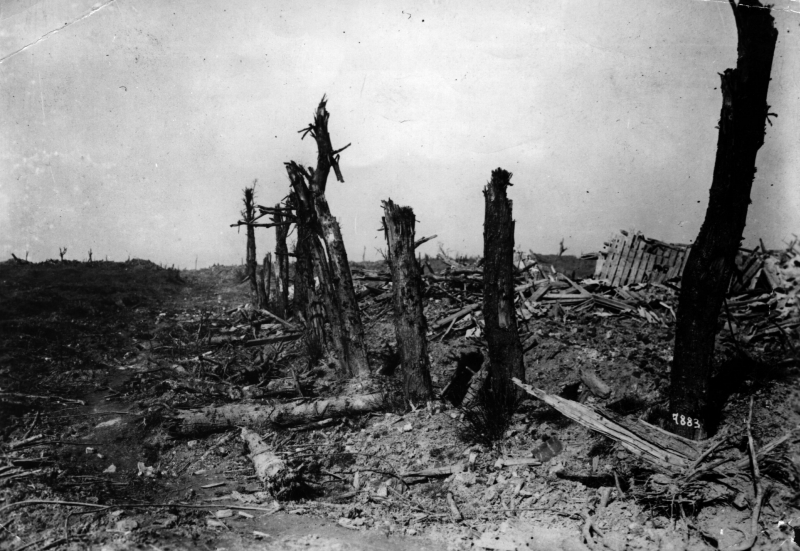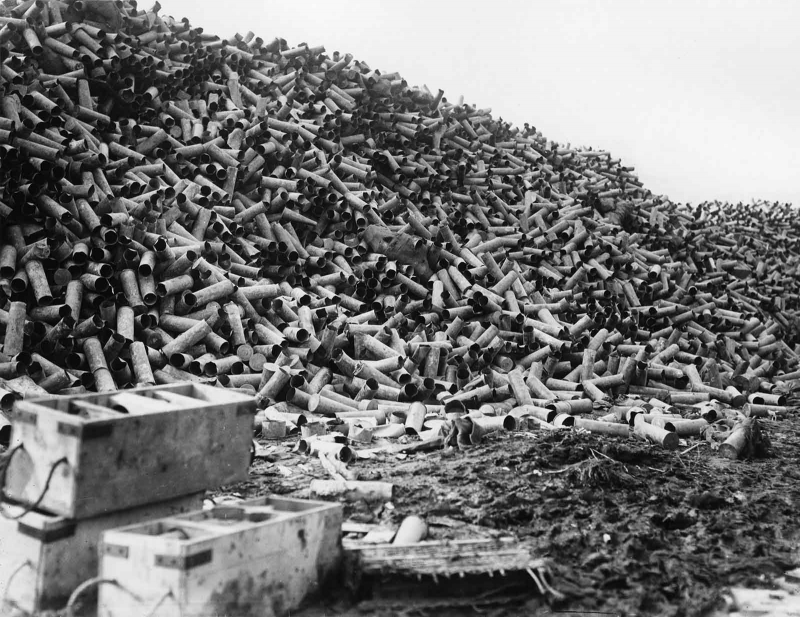The Somme
The misery of trench warfare, a tactic marred by disease, rodents, and horrifying bloodshed, came to be seen as the defining feature of "The Great War." A harsh lesson in futility would also be shown by the Battle of the Somme. The massive offensive, fought in northern France close to the River Somme, saw Allied forces attack the deeply entrenched German forces on the Western Front. But despite months of careful planning, something went awry. Immediately.
The British Army lost almost 60,000 soldiers on July 1, 1916, the first day of combat. In one of the bloodiest conflicts in history, over the course of the following four and a half months, 1.3 million troops on both sides were either killed or injured. The killing ultimately produced negligible territorial gains with no bearing on strategy. The battle's scars are still visible in the earth more than a century later. There are trench remnants, shell hole craters, and numerous graves along the Remembrance Trail, which connects the cities of Albert and Péronne.
Date: 1 July 1916 – 18 November 1916 (141 days)
Location: Somme River, north-central Somme and south-eastern Pas-de-Calais Départements, France
Result: Indecisive
Territorial changes: Bulge driven into the Noyon salient












